8 Space Events You Don’t Want To Miss In 2016
Last year was a packed with astronomical action for space botherers, including the discovery of water on Mars, NASA’s New Horizons spacecraft beaming back never-seen-before photos of Pluto and Tim Peake becoming the first British astronaut to visit the International Space Station. This year has already started strong with a solar eclipse and the return to Earth of astronaut Scott Kelly following a record-breaking ‘Year in Space’. For space fans that don’t want to miss out, these are the space events you need to see in 2016…
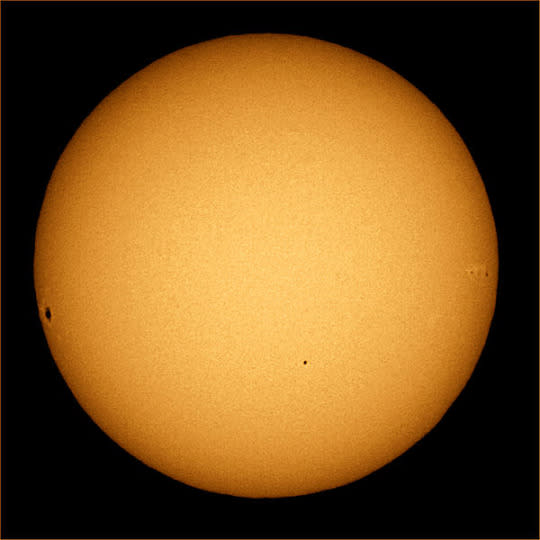
Transit of Mercury - 9 May
A relatively rare phenomenon, the last Transit of Mercury happened ten years ago and involves the planet moving between the Sun and the Earth. When this happens, Mercury can be seen as a small black dot moving across the Sun. (Wikipedia)
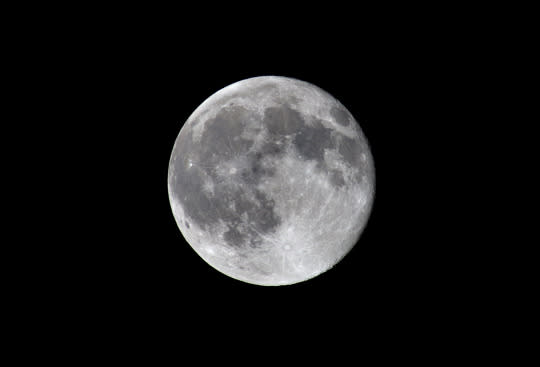
Blue moon - 21 May
A blue moon can mean either third of four full moons in a season or the second full moon in a calendar month. Confusingly, they’re not blue at all, just full and bright. However, the moon can occasionally appear to have a blue tint due to environment factors, such as volcanic eruptions. True blue moons are relatively rare, hence the saying, ‘once in a blue moon’. (Javier Rojas/REX/Shutterstock)
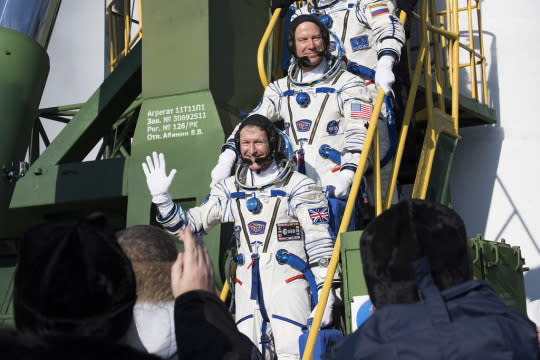
Tim Peake’s return to Earth - 5 June
Following a six-month mission, British astronaut Tim Peake is scheduled to return to Earth on 5 June aboard the Russian Soyuz with cosmonaut cosmonaut Yuri Malenchenko and NASA’s Tim Kopra. After re-entering the Earth’s atmosphere, the capsule will parachute back down to Kazakhstan. (ESA–Stephane Corvaja, 2015)
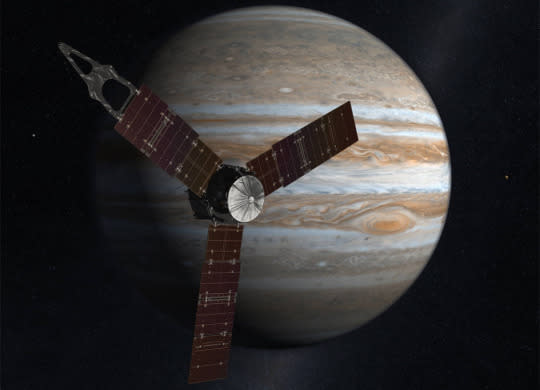
Juno’s arrival at Jupiter - 4 July
After launching back in 2011, NASA’s Juno spacecraft will finally reach Jupiter on 4th July this year from where it will send back the most detailed photos ever seen from the Jovian planet. Bizarrely, the probe is carrying three Lego figures of Galileo, Roman god Jupiter and his wife Juno. (NASA)
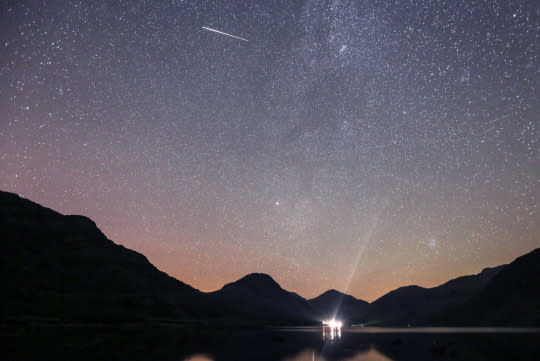
Perseids meteor showers - 12 and 13 August
One of the brighter meteor showers of the year, the Perseids happens annually between 17 July and 24 August, this year peaking 12-13 August. The best time to view the shooting stars is just before dawn. (Andrew McCaren/LNP/REX/Shutterstock)
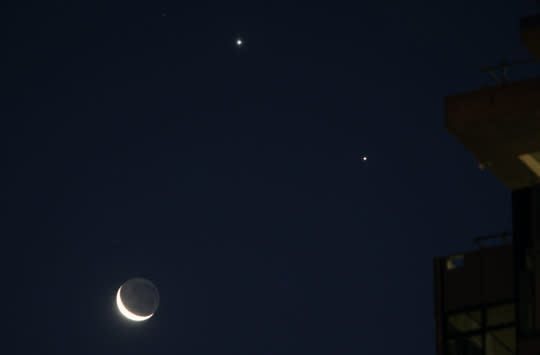
Conjunction of Venus and Jupiter - 27 Aug
This spectacular conjunction sees the two bright planets closer together than usual and visible in the evening sky. Venus and Jupiter will appear closer than most of us are ever likely to see them again and will be visible in the Western sky just after sunset. (Bob Baird/Newspix/REX/Shutterstock)
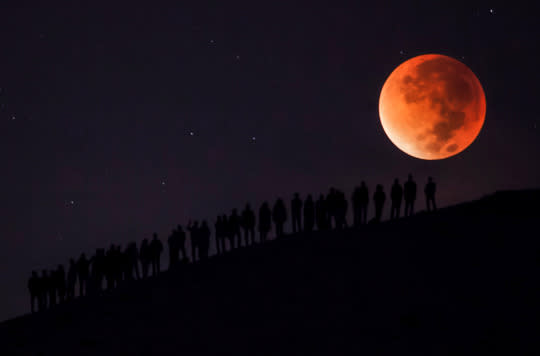
Super Moon - 16 October, 14 November & 14 December
The first of three Super Moons in 2016 will occur on 16 October and is also known as the Travel Moon or Blood Moon. The second Super Moon - also known as the Frosty Moon or Hunter’s Moon - will be visible on 14 November and the third (AKA Moon Before Yule or Full Cold Moon) will happen on 14 December. The Super Moons look much larger and brighter than usual. (Xinhua News Agency/REX/Shutterstock)
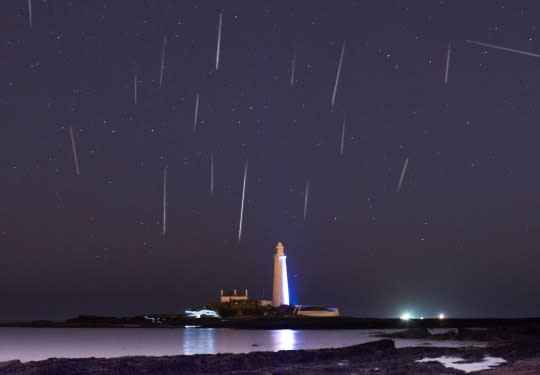
Geminids meteor shower - 13 & 14 December
Unlike most other meteor shows, the Geminids are associated with an asteroid, rather than a comet. The shower takes its name from the constellation Gemini, which is where the meteors appear to emerge from in the sky. Around 120 meteors per hour can be spotted on this year’s peak days in December. However, the pesky Super Moon on the 14th could make the sky too bright to spot them so the 13th could be the better bet. (Thomas Heaton/REX/Shutterstock)


